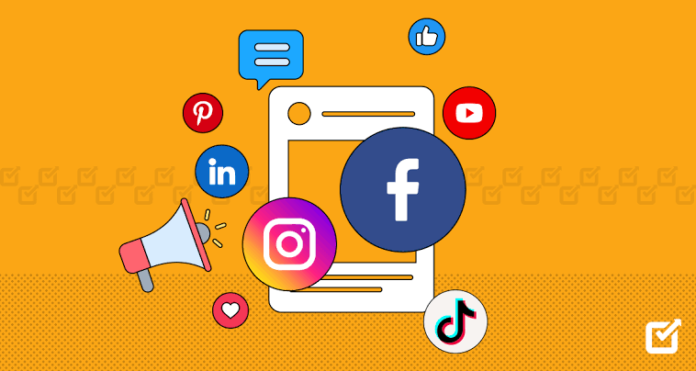Mental health has become a major concern, most especially among the youths in the world today. And this has been pinned to the rise of social media usage among them in everyday life.
The Rise of Social Media
The social media is a great avenue to connect and interact with people all over the world. And its rise has facilitated easy accessibility to a wide range of possibilities, including the rapid communication of news, opportunities, trends, events and happenings in the world.
Social media platforms, such as Instagram, WhatsApp, Facebook, TikTok, and Twitter have now become part of life, connecting people worldwide every moment.
That is, we can easily communicate and interact with people in different locations without having to be with them physically.
Nevertheless, the continuous use of the social media medium among youths has significantly resulted in negative implications offsetting its benefits.
Here are ways in which social media is contributing to the mental health epidemic among the youths:
1. Pressure to Be Perfect
This perfect image is one of the biggest problems associated with social media. Many young people compare their actual life to the apparently spotless life seen on social media.
This act of comparison fosters low self esteem, depression and feeling left out. The constant need to look perfect, have the best clothes, and show off a fun lifestyle can be overwhelming. After some time, all this pressure will result in negative outcomes affecting the mental health.
2. Cyberbullying and Harassment
This is another big problem related to social media. As opposed to real-life bullying, cyberbullying can take place anytime, any moment and from anywhere, and information spreads in seconds to a very wide audience.
Consequently, the person receives harassment , mean comments and messages, or even threats from the web. Such cases can bring about anxiety, depression, or even suicidal thoughts.
The anonymity of social media products sometimes gives people the courage to say things they would not have uttered in a face-to-face situation, heated, and hostile in nature.
3. Addiction to Likes and Followers
Social media platforms are designed to be addictive. The more a person spends time on them, the more information the person consumes and the more advertising he visualizes.
This may turn into a vicious circle: young people will constantly seek confirmations through likes, comments, and followers.
If this confirmation does not happen as expected, it will generate feelings of rejection and loneliness. Always needing approval will damage mental health over time.
4. Sleep Deprivation
The constant obssesion with social media also leads to sleep deprivation. Many youths scroll through their feeds till late hours of the night, thus disrupting their sleeping patterns.
In most ways, sleep is directly related to mental health problems like anxiety and depression. Lack of sleep therefore impairs their mood, focus, and health in general.
5. Fear of Missing Out (FOMO)
Other social media related problems are FOMO, or fear of missing out. Seeing friends and other people having lots of fun tends to make young people feel they are missing out on something important.
Such feelings therefore promote loneliness and dissatisfaction with one’s life. FOMO can make young people feel pressured to keep up with others, leading to stress and anxiety.
6. The Impact on Body Image
Social media is loaded with pictures of individuals who have “ideal” bodies. The images are normally photo-shopped and may not be natural at all; however, they might influence the self-concept of youths.
Continuous exposure to these fake and unrealistic standards of body imagery triggers body image issues, eating disorders, and low self-confidence.
Young people may feel the need to change their appearance according to the standards, which may be dangerous for their mental health.
7. Awareness and Action Needed
This in turn creates awareness of how social media is adding to the mental health epidemic in young people.
Parents and teachers have to have a talk with the youth about the potential danger of social media and the best way to manage their habits online.
This will involve setting boundaries on screen time, helping them build a positive sense of self, and teaching critical thinking about what they are seeing online.
They can also do their part to make their platforms safer by strengthening anti-bullying measures, promote mental health resources.
Support from governments and health organizations will be needed to fund research into the impact of social media on mental health and develop policies that would protect young people online.
Conclusion
Social media has many positive sides, but there are also some very serious drawbacks of this medium, mainly among youths.
From the pressure to maintain a perfect image online and risks of cyber-bullying to the addictions, it is necessary to recognize these issues and take action so that the mental health of youths are protected.
Also, we can support the development of healthy online behaviour through better awareness and the promotion of best practices to help young people navigate the digital world.
We all have a part to play; Let’s come together to put an end to this epidemic.




